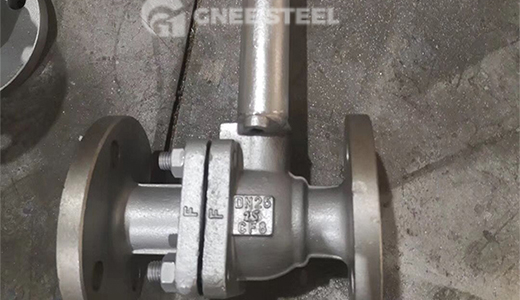316 LNG Cryogenic Ball Valve is specially designed for liquefied natural gas (LNG) and other cryogenic media, capable of stable operation in extremely low-temperature environments (typically below -162°C). It enables precise opening, closing, and flow regulation of media, ensuring safe and efficient operation of LNG storage and transportation systems.
Ball Valve design according to API6D,BS5351,ASME B16.34
Face to face ASME B16.10,AP6D
End Flanges ASME B16.5/ASME B16.47
Butt welded ends ASME B16.25
Fire Safety API607,API6A
Inspection and test API 598,API6D
Material: F316
Size Range: 2″~48″
Pressure Rating: ASME CL, 150, 300, 600

Features
Cryogenic Resistance
Operating temperature range: Typically covers -40°C to -196°C, with some models capable of -253°C, meeting the liquefaction temperature requirement of LNG (-162°C at atmospheric pressure).
Material selection: Valve bodies and covers are often made of stainless steel (e.g., 304, 316), LF2 cryogenic alloy steel, or chromium-molybdenum steel to ensure mechanical strength and toughness at extremely low temperatures.
Cryogenic treatment process: -196°C × 8h + 200°C × 6h cyclic treatment eliminates internal material stress and prevents leakage due to low-temperature deformation.
Sealing Performance
Double piston effect seats: The upstream seat presses against the ball under medium pressure, while the downstream seat provides bi-directional sealing, ensuring zero leakage.
Lip-type sealing rings: Made of PCTFE (polychlorotrifluoroethylene) and other cryogenic sealing materials, paired with precision-machined metal parts for high-reliability sealing.
Self-relief structure: The stem design automatically releases abnormal pressure buildup in the cavity to prevent seal failure due to excessive pressure.
Structural Optimization